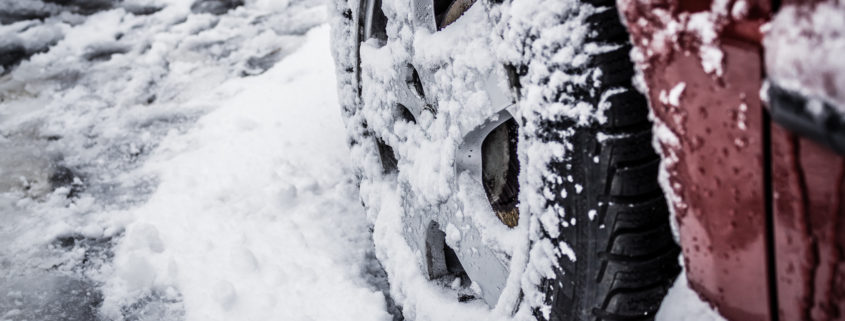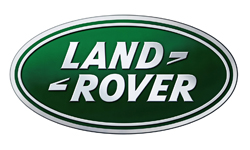Tips for Preventing a Collision in the Winter
Remember that in winter weather, safe driving and collision prevention takes a little extra extra effort. It takes the right combination of maintenance and safe driving to avoid accidents in the winter. This is our list of dos and don’ts for safe winter driving.
Don’t Multitask, Just Drive
When you’re driving in bad weather, visibility is low, and the temperatures are cold, it’s especially important to focus on driving! Don’t drive after drinking, using your phone, or looking for directions. Slick roads require drivers to focus on driving and on the other cars on the road.
Do Stay on top of Maintenance
While it’s always important to make sure your car is well maintained and functioning safely, it can be especially important in the winter. Road conditions and visibility can make winter driving a little more dangerous than at other times, and smaller car issues can cause bigger problems while you’re driving and you need to rely on your vehicle.
● Maintain your tire pressure,
● Keep fluids like oil and windshield wiper fluid filled,
● Don’t let your gas tank get below ¼ of a tank – fuel can freeze in the lines,
● Keep oil filters changed regularly,
● Make sure you’re not low on oil, and
● Check coolant – if it’s not full and the system isn’t clear, it can cause your heat to stop working.
Don’t Drive if the Weather is Bad
You have your car to get you from one place to the next. But, if the weather is bad enough, driving isn’t safe. Learn to recognize when the weather isn’t safe to drive in, and when it’s a better idea to put off your journey until it clears! Ask yourself these questions.
● Do you know what your car is capable of?
● Have you driven in winter weather before? How experienced are you?
● What time of day is it? Accidents are more common after dark and late at night.
● How tired are you?
● How well maintained is your vehicle?
● How well maintained are the roads to your destination?
● Is it possible to put off your journey?
Do Follow the Speed Limit
Speed limits are not just guidelines – they’re put in place for your safety. But, speed limits are designed for safe driving under ideal conditions. In bad winter weather, it’s not safe to drive over the speed limit, even if you think your car can handle it. It’s generally safest to drive under the speed limit and stay to the right unless you’re passing.
Don’t Ignore Your Tires
Your tires are one of the most important parts of your car – don’t neglect them! In the winter, it’s important to check tire tread and tire pressure, and consider using winter tires.











